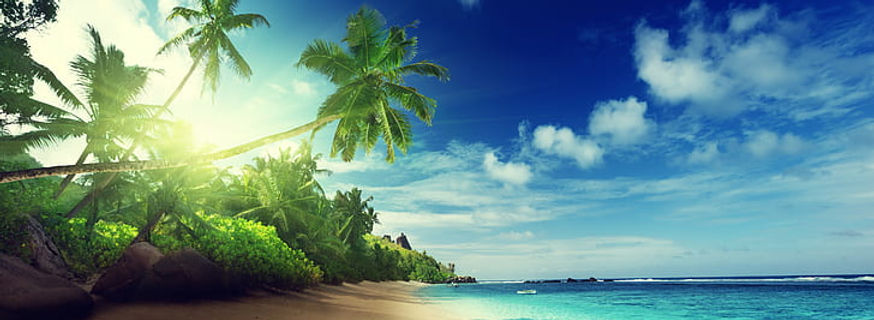Spiritual Hawaiian Lomilomi Massage
Connecting heart, hands, and spirit through the living practice of aloha

What is Lomilomi?
Lomilomi is an ancient Hawaiian practice that works with the mana — the life force of an individual — to support well-being on physical, emotional, mental, and spiritual levels.
It is a holistic restorative system, one component of which is compassionate touch through massage. Lomilomi uses gentle, flowing strokes and the essence of aloha (unconditional love) to encourage the receiver’s natural healing processes, creating a deep sense of trust, safety, and connection.
“Love the body — touch people as if you are touching their souls.”
— Aunty Margaret Machado, Hawaiian Elder
How Lomilomi Massage Works
Massage supports the body to stay supple, energetic, and balanced — keeping tissues nourished, fluids moving, emotions clear, nerves calm, and energy flowing.
A practitioner uses hands, forearms, and elbows to apply gentle, flowing strokes over the entire body, from head to toe, including the chest and heart area, excluding genitals. While lomilomi works with mana, it does not engage sexual energy.
The intent and presence of the giver are as important as technique. Guided by the Hawaiian principle:
“Energy flows where attention goes”
The practitioner is fully present, responding to the body and heart of the receiver to support balance, harmony, and healing.
Unique under-body strokes enhance the feeling of being gently caressed by the ocean, and gentle stretching of the limbs is often included.
A Typical Lomilomi Session
1. Sharing & Consultation
The receiver may share physical, emotional, or mental experiences, which guide the massage.
2. Hawaiian Pule (prayer)
A simple prayer opens the session, inviting focus, presence, and intention.
3. Massage
Heated oil is applied, and rhythmic, flowing strokes help release physical and energetic blockages. Long strokes, focused work, and under-body techniques are combined to encourage circulation, relaxation, and energy flow.
4. Integration
Time is held at the end for the receiver to relax, ground, and reflect on any insights or experiences.
“A space for the body, mind, and spirit to breathe and restore itself.”
The Benefits of Lomilomi Massage
Lomilomi supports vitality, balance, and deep healing at multiple levels:
Physical Benefits
-
Improves circulation, lymphatic flow, and nutrient delivery
-
Relieves muscle tension, stretches connective tissue, and enhances joint mobility
-
Supports internal organ function, digestion, and overall vitality
-
Safe and supportive during pregnancy
Neurological & Emotional Benefits
-
Reduces stress, pain, and emotional tension
-
Promotes relaxation, mindfulness, and safety
-
Encourages the release of chronic physical and emotional blocks
Spiritual Benefits
-
Provides a space for deep healing and transformation
-
Enhances self-awareness, trust, and energetic alignment
-
Works at a soulful level through the presence and intention of the giver
Specific Physiological Effects
Circulatory: Enhances blood and lymph flow, detoxification, and healing
Musculoskeletal: Relaxes muscles, stretches connective tissue, improves tone and joint function
Neurological: Reduces stress, improves neurological patterns, and supports peace and vitality
Internal Organs: Promotes digestive efficiency and organ health
Skin: Stimulates sweat and oil glands, flushes capillaries, keeps skin healthy
Pregnancy: Supports parent and baby, relieves discomfort, and nurtures connection
Safety & Contraindications
Lomilomi is generally gentle and safe. Consultation is advised for:
-
Diabetes (monitor blood sugar carefully)
-
Skin irritations, burns, wounds, stitches, or acute injuries
-
Contagious illnesses, fever, broken bones, dislocations, or lymphoedema
Always consult your practitioner if you are unsure about your individual situation.
Historical Background
Hawaiian cultural practices, including lomilomi, were suppressed during colonisation, but by the late 20th century, healing arts began to be shared openly while honouring lineage and tradition.
Traditionally, massage was part of daily life and shared within families. Today, while different styles exist, the spiritual essence and cultural foundations remain central. Other aspects of lomilomi include herbs, cleansing, prayer, chanting, and Hoʻoponopono (conflict resolution and forgiveness).
About Charlie Snow & The Blisstitute
Charlie Snow has trained in Lomilomi for over 20 years with Hawaiian teachers including:
-
Papa K, Big Island Lomilomi master
-
Kumu Lomilomi Alva James Andrews
-
Aunty Maile Spencer Napoleon
-
Aunty Mary Fragas
-
Kumu Brenda Mohalapua Ignacio
With permission from Papa K, Charlie teaches Spiritual Hawaiian Lomilomi Massage, highlighting its spiritual, energetic, and cultural dimensions. All practitioners listed here are trained and certified by The Blisstitute of Living Aloha, ensuring authenticity, integrity, and respect for Hawaiian tradition.
Learn More:
To explore the differences between Lomilomi, Heartworks Lomi Lomi, and KaHuna, click here.
References
Chai RMR (editor, collected from Elders from Hawai'i). Na Mo'olelo Lomilomi (The Traditions of Hawaiian Massage and Healing). Bishop Museum Press. Honolulu, 2005
Daws G. Shoal of Time - A History of the Hawaiian Islands. University of Hawai'i Press, Honolulu, 1968
Greene E. ‘Massage Therapy’. In Novey DW (ed.) Clinician's Complete Reference to Complementary and Alternative Medicine. Mosby, St Louis, Missouri, 2000
Harden MJ. Voices of Wisdom — Hawaiian Elders Speak. Aka Press, 1999
Kahalewai NS. Hawaiian Lomilomi Big Island Massage. Island Massage Publishing, Mount View USA, 2004
Vickers A. & Zollman C., 'The ABC of Complementary Medicine: Massage Therapies', BMJ [The British Medical Journal], 1999 Nov 6; 319(7219): 1254–1257


